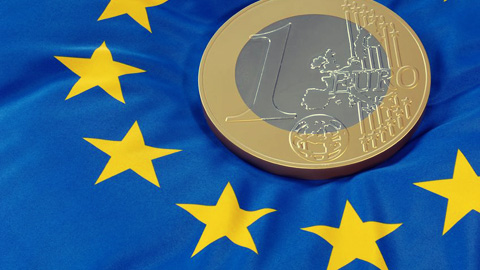ECB Welcomes Private Sector Firms to Drive Innovation on Digital Euro Platform
The anticipation surrounding the potential rollout of a digital euro has been building for years, and European lawmakers are poised to make a crucial decision by the end of this year. This innovative currency could significantly reshape the landscape of digital payments in Europe.
Background on the Digital Euro Project
In October of last year, the European Central Bank (ECB) initiated a call for expressions of interest to explore innovation partnerships for its Central Bank Digital Currency (CBDC). This initiative attracted over 100 applications from approximately 70 market participants, including:
- Merchants
- Fintech companies
- Start-ups
- Banks
- Payment service providers
Access to the Innovation Platform
These selected firms now have the opportunity to utilize an innovation platform that simulates the proposed digital euro ecosystem. The ECB is providing essential technical support and infrastructure, enabling intermediaries to develop digital payment features and services across Europe.
Workstreams: Pioneers and Visionaries
The participants have been divided into two distinct workstreams: “Pioneers” and “Visionaries.”
Pioneers
The Pioneers are focusing on the technical implementation of conditional payments in the digital euro. These payments are designed to automatically execute when certain predefined conditions are fulfilled. Additionally, they are exploring practical use cases for everyday transactions.
Visionaries
The Visionaries, on the other hand, are investigating innovative use cases for the digital euro that could tackle significant societal challenges. One promising idea includes the establishment of digital euro wallets accessible at post offices, ensuring that individuals without bank accounts or digital devices can still participate in the digital economy.
Expert Insights
According to Piero Cipollone, a member of the ECB executive board, “The breadth and creativity of the proposals highlight the digital euro’s potential as a catalyst for financial innovation in Europe. This includes the development of new solutions that enhance the payment experience for Europeans and create new market opportunities.”
Upcoming Findings
The findings from these workstreams are expected to be published later this year, providing further insight into the future of the digital euro and its implications for the European financial landscape.
For more information on the digital euro and its impact on the economy, visit European Parliament’s official site.







